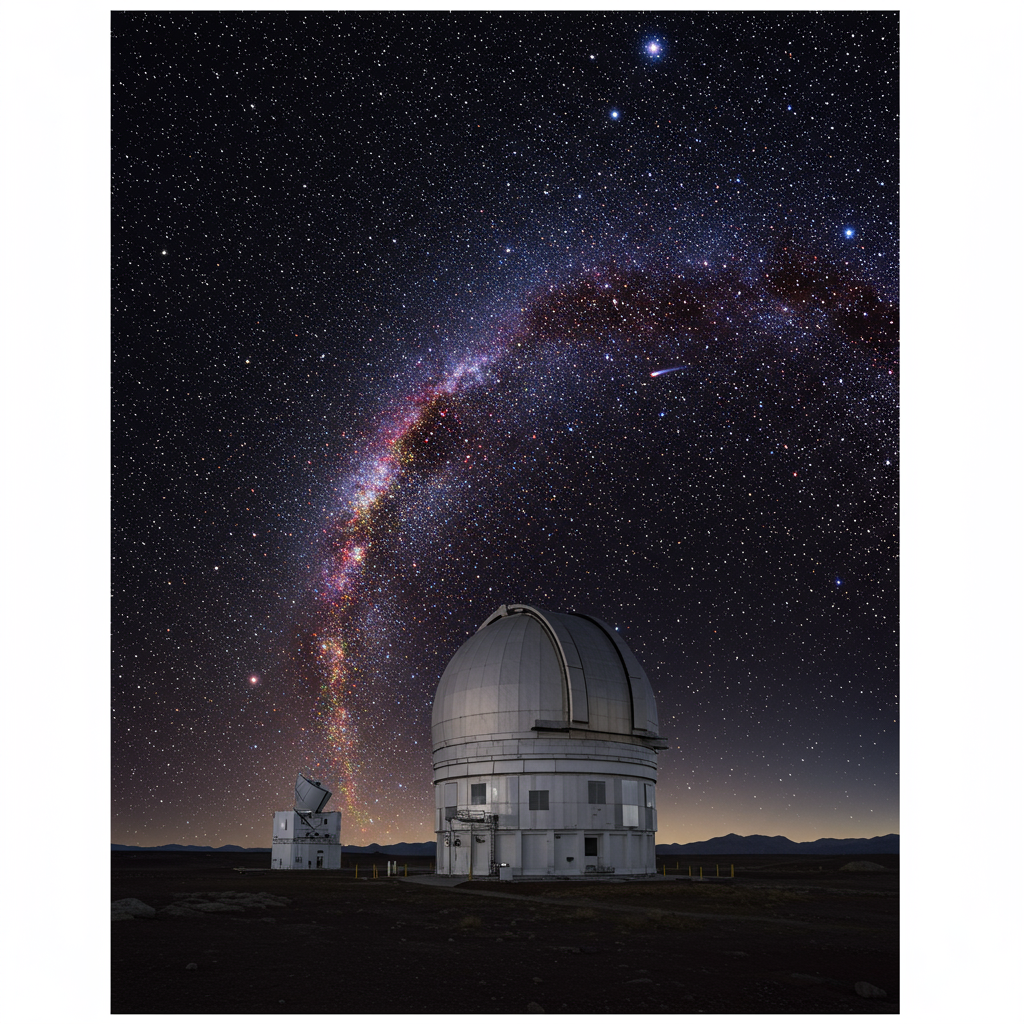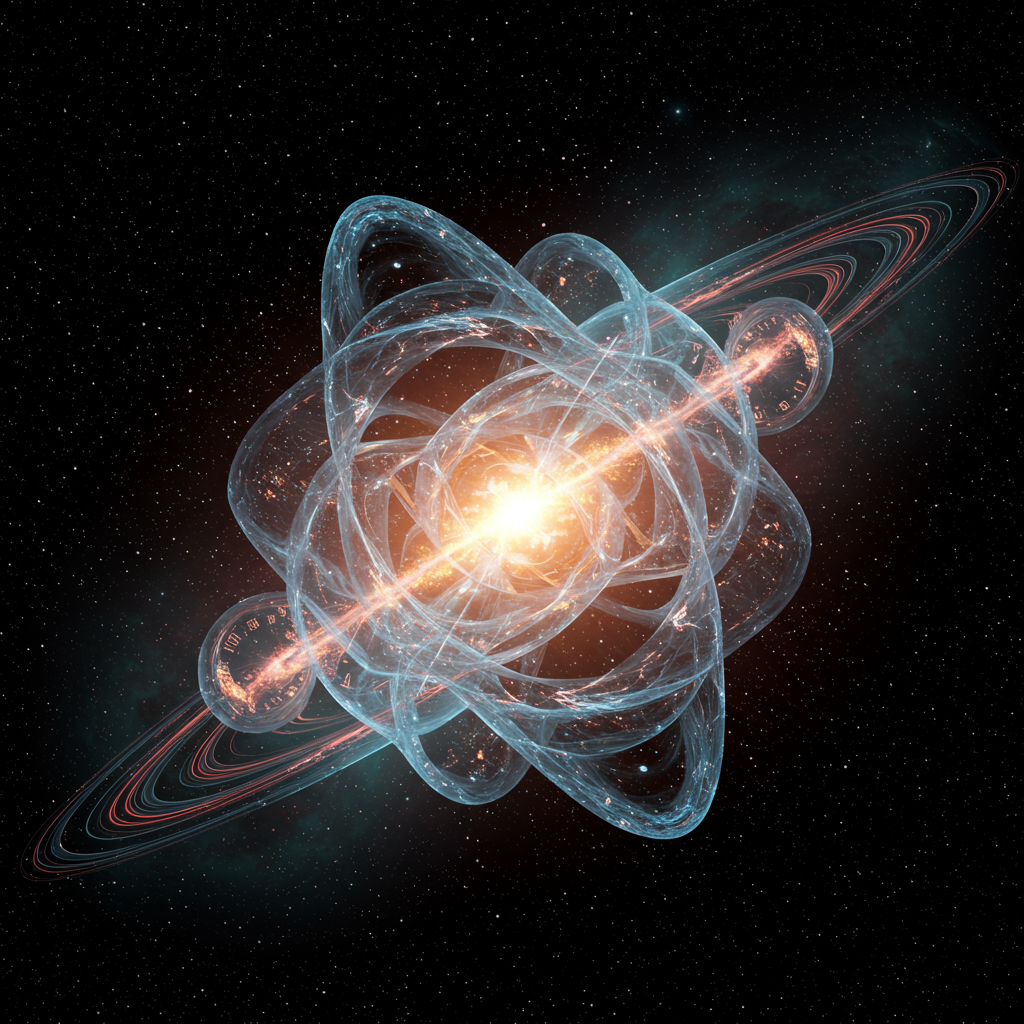The Bogong Moth: An Epic Australian Migratory Journey
Each spring, a truly astonishing natural phenomenon unfolds across southeastern Australia. Billions of tiny Bogong moths (Agrotis infusa) launch themselves into the night sky, embarking on a remarkable journey of up to 1,000 kilometers. Their destination? A limited number of cool, high-altitude caves tucked away in the Australian Alps – places these individual moths have never visited before.
This incredible migration isn’t a one-way trip. After spending the summer months in a state of dormancy known as aestivation, the same moths awaken in autumn and make the challenging return flight to their breeding grounds to reproduce before they die. The precision with which these moths navigate vast distances, repeatedly finding specific locations they’ve never previously encountered, has long puzzled scientists.
Previous research revealed that Bogong moths possess a magnetic sense, capable of detecting and potentially using the Earth’s magnetic field for orientation, possibly combined with visual landmarks. However, the exact mechanisms allowing them to maintain a directed course over such immense distances and find specific, unvisited destinations remained a mystery.
Unraveling the Mystery: Do Moths Use the Stars?
Scientists hypothesized that, much like migratory birds and even some insects using the sun or moon, Bogong moths might employ celestial cues. The vast, starry night sky above Australia, particularly the prominent band of the Milky Way, offered a promising potential compass. While some invertebrates, like dung beetles, are known to use the Milky Way to keep a straight path over short distances, no invertebrate had ever been shown to use the stars for directed, long-distance navigation to a specific geographical goal.
To investigate this, a team of researchers conducted ingenious experiments using tethered Bogong moths in modified flight simulators. These simulators allowed scientists to monitor the moths’ attempted flight direction under controlled conditions.
Testing Navigation Under Natural Skies
First, migratory moths were tested outdoors under natural autumn night skies. Even as the stars and moon shifted significantly throughout the night due to Earth’s rotation, the moths consistently oriented themselves northward, their expected migratory direction for that season. This showed they could maintain a correct heading despite the apparent movement of celestial bodies – a sophisticated ability suggesting compensation or use of stable cues like the pole direction.
Crucially, the researchers also tested moths on nights when the sky was completely overcast, obscuring all celestial cues. Under these conditions, the moths still oriented correctly northward. This strongly indicated that when the stars are hidden, the moths rely on their previously known magnetic compass for guidance. This finding highlighted the existence of a robust navigation system with backup mechanisms.
Isolating the Stellar Compass
To definitively test whether the moths could use the stars alone, experiments were moved indoors to a laboratory where the Earth’s magnetic field was carefully nulled, effectively disabling the moths’ magnetic sense. Here, realistic projections of the moonless starry night sky were displayed onto a dome above the tethered moths.
Under these simulated star-filled skies, spring migratory moths consistently oriented southward – their inherited direction for that season. This was powerful evidence that the starry sky by itself provides sufficient directional information.
Further manipulating the projected sky offered even stronger proof. When the researchers rotated the entire starry image by 180 degrees, the moths correspondingly reversed their orientation by approximately 180 degrees. This demonstrated they were actively using the spatial pattern of stars as a directional cue. The final piece of evidence came when the projected stars were randomly scrambled; deprived of the familiar, meaningful pattern, the moths became completely disoriented. These results conclusively proved that Bogong moths possess and use a stellar compass based on the spatial arrangement of the stars for directed navigation.
Brains Built for Navigation
The study didn’t stop at observing behavior. Researchers also explored the neural basis for this remarkable ability by recording activity from visual neurons in the moths’ brains, specifically in areas known to be involved in processing visual information and navigation.
They found that many visual interneurons responded specifically to rotations of the projected starry sky. These neurons showed tuning curves, firing maximally when the moth was oriented towards a particular direction relative to the sky pattern. Intriguingly, many cells showed peak activity when the moth was theoretically headed southward, a direction consistent with their spring migration goal.
The neural responses weren’t just to general light or movement. The neurons did not show tuned responses to randomized star patterns. Furthermore, experiments with artificial cues mimicking aspects of the Milky Way, such as its brighter regions or stripe-like structure, also elicited responses in some of these neurons. This suggests that the moths might not be tracking individual stars but rather recognizing and navigating by the broader patterns and features of the Milky Way.
A Robust Dual Compass System
The findings paint a picture of Bogong moths possessing a sophisticated and robust navigation system. They appear to utilize at least two primary compass mechanisms: a stellar compass for clear nights and a geomagnetic compass for cloudy conditions. Each system seems capable of guiding the moths independently if the other cue is unavailable. This dual strategy provides a reliable way to stay on course during their long nocturnal flights, adapting to changing weather conditions.
This discovery is significant because it establishes Bogong moths as the first known invertebrate species to use the stars for goal-directed, long-distance migration towards a specific destination they have never visited before. While other insects use celestial cues for different purposes (like path integration), the Bogong moth’s ability mirrors the complex navigational feats previously attributed mainly to birds and humans.
Facing Challenges Under Changing Skies
Despite their incredible navigational prowess, the future of Bogong moths is precarious. Classified as endangered in Australia in 2021, their populations have seen dramatic declines. Threats include climate change, drought impacting their food sources, and habitat loss.
Adding to these pressures, increasing light pollution from human activity poses a direct threat to their newly discovered navigation method. Artificial lights can overwhelm the faint starlight the moths rely on, potentially disrupting their stellar compass and hindering their ability to find their way to their crucial alpine refuges and back to their breeding grounds.
While scientists have uncovered how these tiny travelers use the cosmos to navigate, precise details – such as exactly which stellar patterns they follow and how their brains integrate seasonal timing with celestial cues – remain fascinating questions for future research into these remarkable insects. The study underscores the astonishing capabilities of the natural world and the urgent need to protect species like the Bogong moth and the dark skies they depend on.




